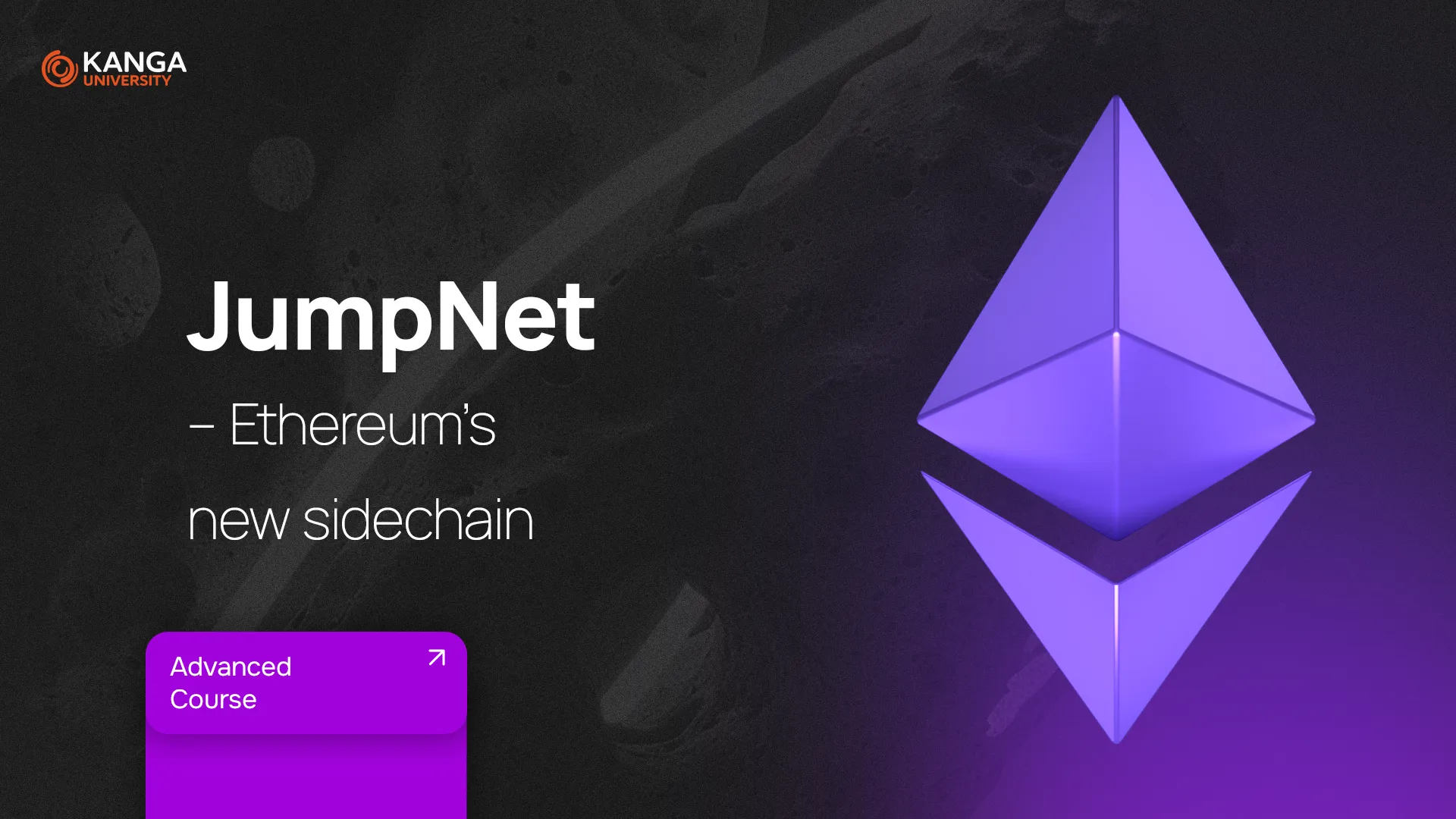
The blockchain space is evolving at lightning speed. New solutions constantly emerge to fix the biggest pain points—like slow transactions and high fees. One of the most promising tools to address these issues is JumpNet, a sidechain developed by Enjin that’s gaining popularity for its speed, efficiency, and focus on NFTs and gaming.
What Is JumpNet?
JumpNet is a sidechain, which means it’s a separate blockchain that runs in parallel with a main blockchain—here, that’s Ethereum. While connected to Ethereum, JumpNet processes transactions on its own, allowing for faster and cheaper operations.
Created by Enjin, a company known for its blockchain-based gaming products, JumpNet uses a consensus mechanism called Proof-of-Authority (PoA). This setup enables nearly instant and free transactions. The network operates using a token called $JENJ, which is a private version of Enjin Coin ($ENJ) specifically used within the JumpNet environment.
What Can You Do with JumpNet?
JumpNet offers several game-changing features, especially for developers and NFT creators:
-
Transfer Enjin Coin ($ENJ) from Ethereum to JumpNet
-
Send and receive Enjin Coin and ERC-1155 tokens without gas fees
-
Mint and trade ERC-1155 tokens for free
-
Distribute tokens via QR codes for seamless delivery
These features are designed to remove friction from using blockchain, especially in high-frequency environments like gaming or digital art.
Why Is JumpNet a Smart Choice?
The biggest advantage of JumpNet is transaction speed. Unlike Ethereum, where network congestion and gas fees can slow things down or make small transactions unprofitable, JumpNet confirms operations instantly and doesn’t charge for them.
This is a huge win for game developers and NFT projects, where users are constantly interacting with digital items—sending them, trading them, or using them in gameplay.
Moreover, JumpNet is Ethereum-compatible, meaning users can move assets between Ethereum and JumpNet with ease. This flexibility makes it ideal for hybrid use cases: you get the speed and low cost of JumpNet without giving up access to the larger Ethereum ecosystem.
How Safe Is JumpNet?
JumpNet offers robust security measures that align with Ethereum standards. While it uses a different consensus model, its connection to Ethereum and Enjin’s infrastructure ensures safe and reliable operations.
The chain is particularly attractive for NFT creators looking to avoid Ethereum’s high fees without sacrificing interoperability or security. It also makes sense for apps that need to scale without waiting for Ethereum upgrades like sharding.
Where Is JumpNet Used Today?
JumpNet has carved out a niche in gaming and entertainment, where speed and user experience are key. Enjin uses JumpNet to power its blockchain-based gaming tools, allowing players to trade or earn unique items quickly and easily.
Creators also use JumpNet to mint and distribute NFTs without paying high transaction fees. That means artists and brands can launch campaigns and giveaways that are scalable and budget-friendly.
Summary
JumpNet is a powerful sidechain solution that tackles two of blockchain’s biggest challenges—cost and speed. It opens the door for new blockchain-powered experiences, particularly in gaming, NFTs, and interactive apps.
As blockchain adoption grows, tools like JumpNet will be crucial for making the technology more accessible, scalable, and efficient.